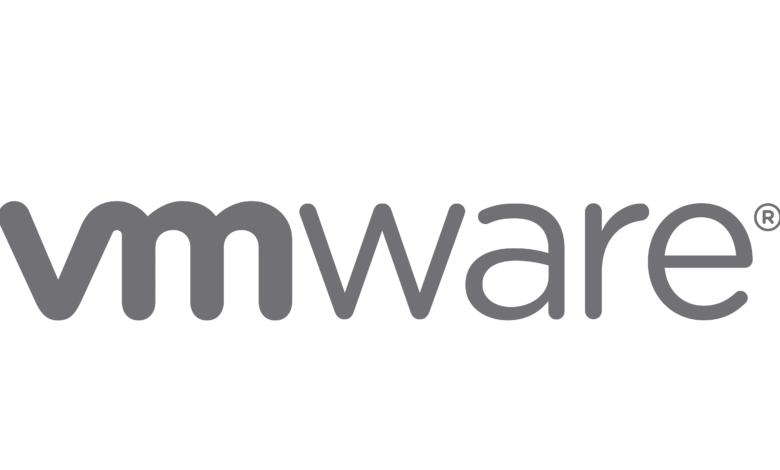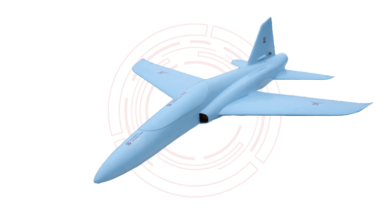How is VMware different from Azure?



In response to VMware’s reluctant embrace of public cloud infrastructure and decision to collaborate with Azure VMware Solution, it has been constructing a service-irreligious hybrid cloud platform that combines MSPs, edge locations, and enterprise data centers with public clouds.
VMworld 2018 introduced Project Dimension, an SDDC product that is now available from every major cloud provider and many managed service providers.
VMware was constructing a basic infrastructure that could be deployed throughout a business as well as possibly on other IaaS services such as Microsoft Azure and Google Cloud. This would make VMware the industry-standard infrastructure abstraction layer, allowing workload mobility across providers.
VMWare is a virtualization solution provider. In general, they let you build a collection of virtual computers that operate on top of one or more real machines. These virtual computers act similarly to physical machines, allowing you to log in and configure them remotely.
This software is distributed by VMware and may be used by other firms to build their own virtualization systems. Many “cloud” hosting providers use either VMware’s or Microsoft’s HyperV technologies.
While the hardware and much of the networking are virtualized in this situation, you are still in charge of setting, maintaining, and patching the operating system. This is commonly known as infrastructure-as-a-service.
Azure is a comparable Microsoft service but focused on a more restricted platform-as-a-service offering. Microsoft hosts web apps using a set of virtual machines with an additional layer of abstraction.
While Azure recently added the ability to remote directly into the VM, the primary use is to construct and upload Azure-packaged web apps and to let Azure handle all operating-system-level interactions.
Furthermore, Azure can scale-out new server images simply by altering some parameters because Azure has tighter control over the environment and has deliberately limited the VMs to make them stateless.
So it all boils down to how much abstraction you want and how much control you want. For many developers, Azure is perfect since it allows them to focus nearly entirely on creating code without thinking about infrastructure, but in order to have the maximum control over the environments, you may need to go down to a VMWare or HyperV solution.
Customers may leverage their existing VMware expertise and tools while taking advantage of the global Microsoft Azure infrastructure.
The Azure VMware Solution provides a quick path to the cloud by transferring or expanding current VMware workloads from on-premises settings to Azure without the expense, effort, or danger of re-architecting apps or retooling operations.
Create, operate, manage, and protect apps across VMware environments and Microsoft Azure by utilizing well-known and established VMware tools, skills, and procedures.
VMware deployments
VMware’s cloud strategy is to provide companies with a standard set of infrastructure services and management tools that can be used across private data centers, edge locations, and different cloud environments.
VMware’s core objective is to reduce disparities between Azure, AWS, and Google Cloud deployments while allowing cloud providers to differentiate based on price, support methods, and higher-level PaaS and SaaS capabilities.
The basic architecture is the same across Azure, AWS, and Google cloud implementations, and it is as follows:
The vRealize Cloud Management interface enables IT teams to mix and match services across all environments. For example, a company may maintain certain old systems on-premises while using VMware Cloud on AWS to access databases that have been transferred to Amazon Aurora and Amazon Redshift.
Additionally, refactored applications can be refactored into container-based micro services by using both Azure VMware Solution and Google Cloud VMware Engine concurrently.


